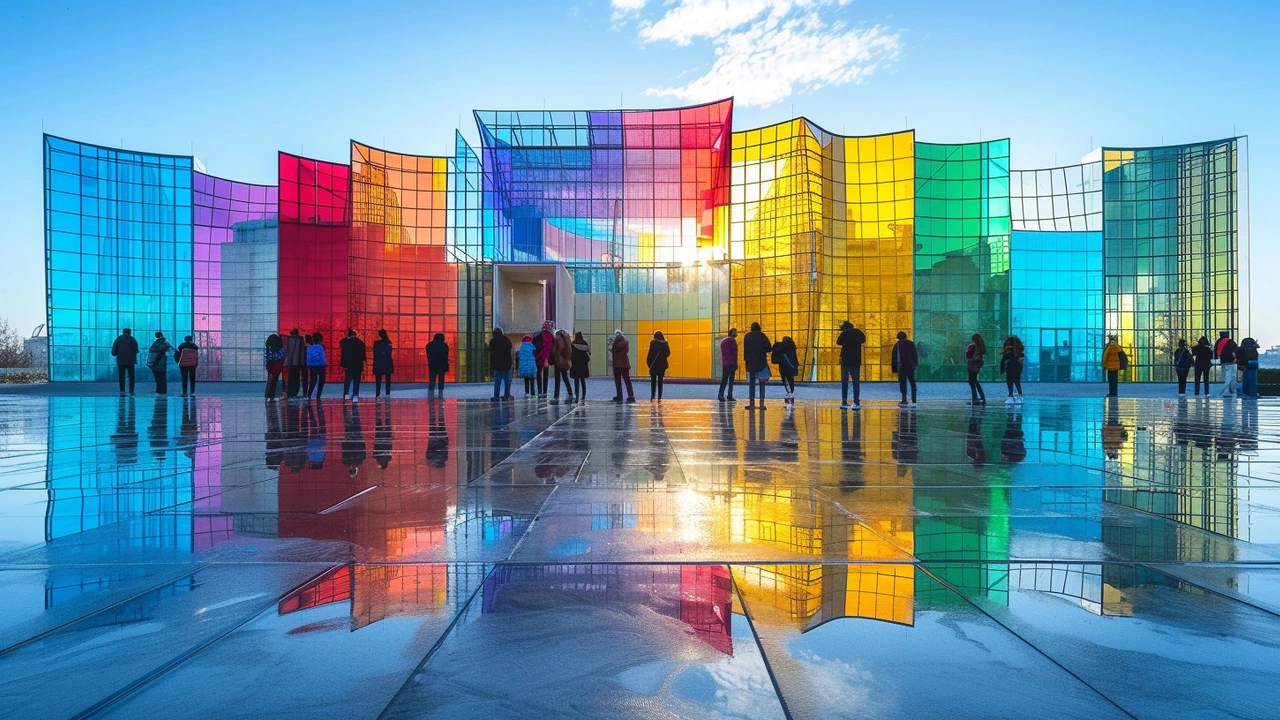Modernist movement: what it means and why it still matters
Modernist movement changed how artists and designers thought about making things. It pushed away old traditions and favored new materials, clear forms, and ideas that matched modern life. If you want to spot modernism in a painting, chair, or city block, this page gives straight answers and quick examples you can use right away.
Think of modernism as a toolbox. Inside are styles like Bauhaus, Constructivism, De Stijl, Futurism, Cubism, and Abstract Expressionism. Each one solved a different problem: Bauhaus blended art and function; Constructivism used bold geometry for social messages; De Stijl simplified shapes and colors for clarity. Those choices still shape posters, apps, furniture, and buildings you see every day.
How to spot Modernist design
Look for simplicity first. Flat planes, basic shapes, and limited color palettes are common. Next, ask what the object does: if design feels honest and functional—no extra decoration—it’s probably modernist. In architecture and interiors, you’ll see open plans, clean lines, and furniture that prioritizes use. In art, you’ll see fractured forms (Cubism), energetic paint gestures (Abstract Expressionism), or grid-based layouts (De Stijl).
Materials matter too. Steel, glass, concrete, and plywood became symbols of progress in modernism. When artists used industrial materials or public space, they were testing how art fits daily life. That idea shows up in modern practices like land art and installation art, where the site and materials are part of the message.
Practical ways modernism shows up today
Decor: Choose a simple sofa, a bold geometric rug, and one sculptural light. That combo nods to Bauhaus without feeling museum-like. Urban spaces: modernist ideas help shape parks and plazas—think functional layouts, clear circulation, and art that invites use. Branding and web design borrow De Stijl’s grids and Bauhaus clarity: clear type, lots of white space, and strong shapes.
Want to learn more? On Paul Artistry we break modernism into readable pieces. Read our Bauhaus features—"Bauhaus Modernism: How Bauhaus Design Changed Art, Architecture, and Everyday Life" and "Bauhaus: Redefining Art and Design for the Modern World"—for real examples and quick takeaways. Check "Constructivism Art’s Influence on Modern Culture and Expression" to see politics and design mixing. For how modernism stretches into performance and surprise, our Fluxus articles explain the playful side of the avant-garde.
If you’re making or buying art, pick one modernist idea to apply: clean form, honest materials, or functional beauty. Test it in a small project—rearrange a room, pick a statement lamp, or try a simple abstract composition. Modernism isn’t a single look; it’s a set of clear choices that still help create useful, modern work today.

